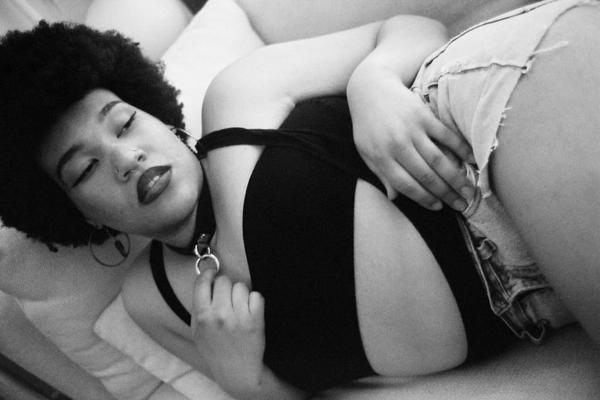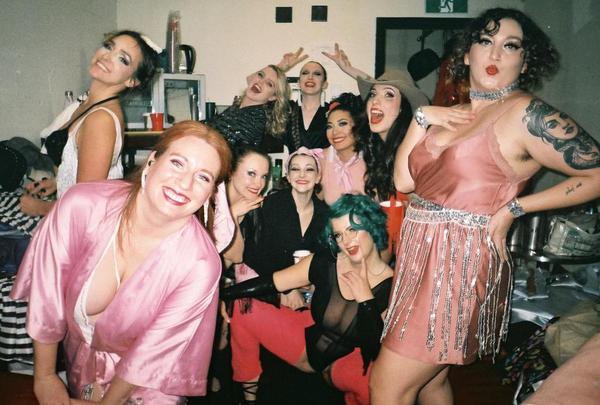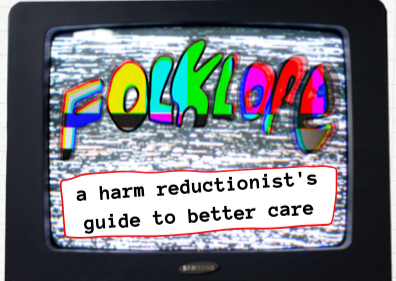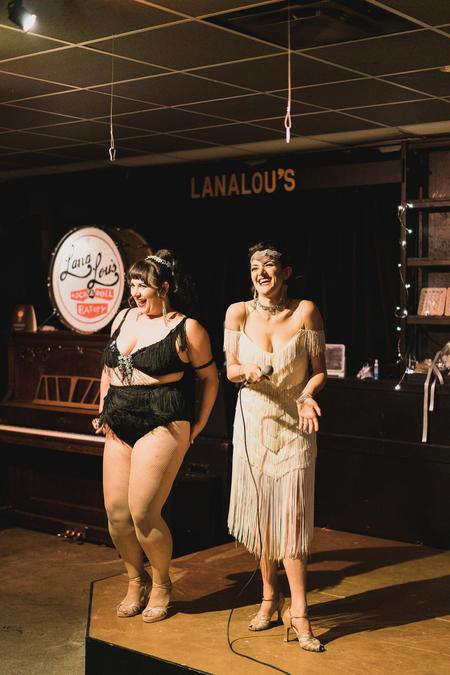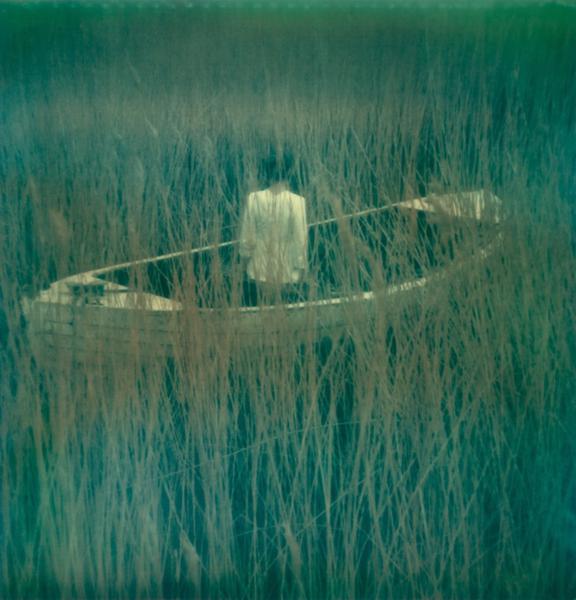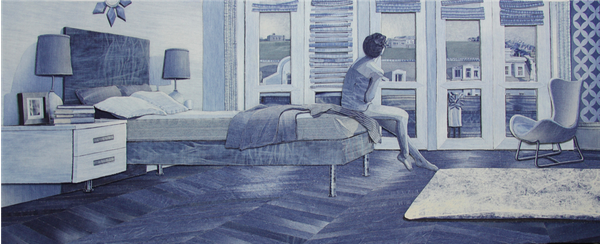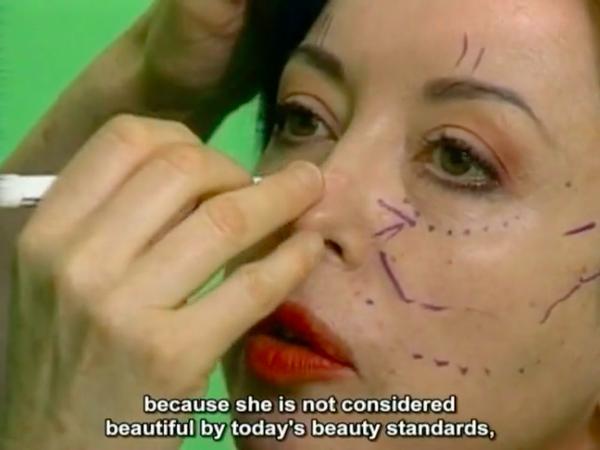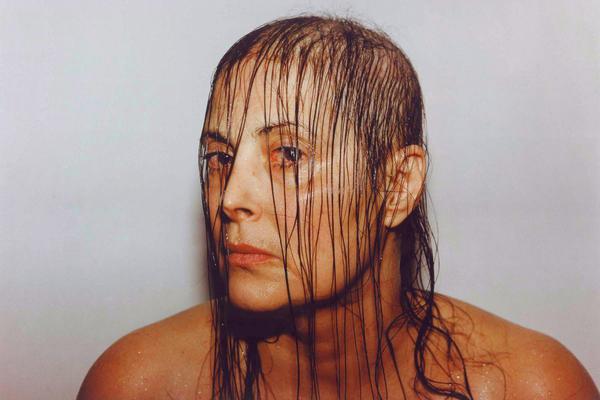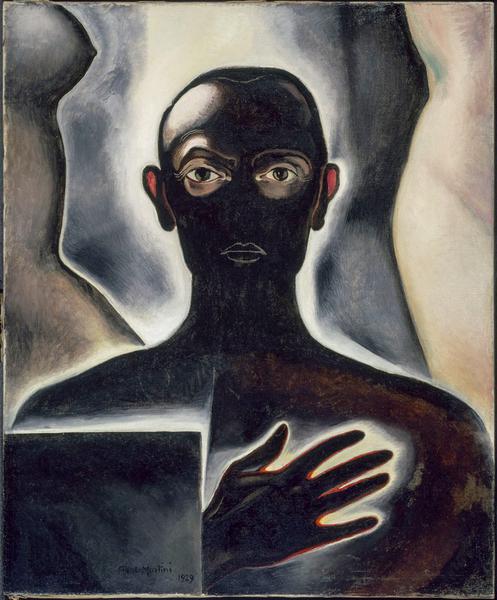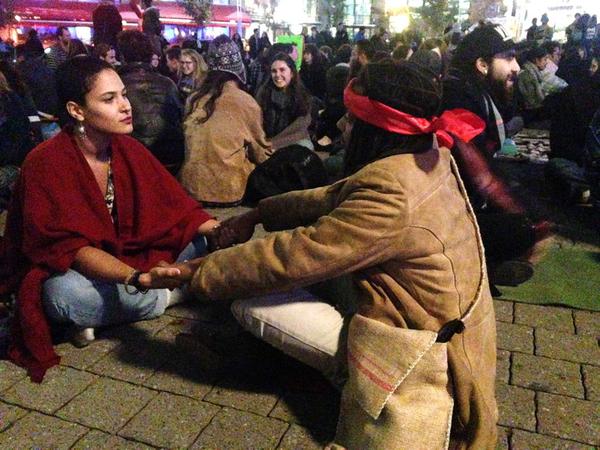ASFA Journal
•
1st January 2019
Realism of the Body: Female Agency and Vulnerability in Hannah Wilke’s Intra-Venus
Written in admiration of the artistic career of Hannah Wilke, this essay dives into the notion of Vulnerable Realism in feminist art and photography.
Dealing dominantly with imagery of the female form and its manifestations within the cultural climate of a mid-Sexual Revolution America, the mass of Wilke’s artwork drew on a range of prevalent stereotypes surrounding the female body as represented within art history as well as the sexually liberated, contemporary art world in which she worked and experienced life as a woman and an artist. Against an artistic landscape accustomed to female representation centering on passivity and objectification in favor of male spectator-ship, Wilke’s bold, assertive manner of displaying her own body both at times of beauty as well as vulnerability employed a realism which would permeate feminist discourse during her life as well as posthumously. Wilke made sure of this in fact, by ending both her career and her life, with perhaps the most organically realist photography project to her name, Intra-Venus (1991-1993). With the Intra-Venus series, Hannah Wilke presents self-portraiture possessive of such raw honestly in her self-subjectivity, that the series may be recognized as the epitome of both female agency and vulnerable realism, among many other artistic accomplishments.
